Aconcagua Climb, February 1999
All content copyright © Ashley Burke 2007. Not to be copied, duplicated or used for any purpose without permission.
Aconcagua Climb, February 1999
All content copyright © Ashley Burke 2007. Not to be copied, duplicated or used for any purpose without permission. |
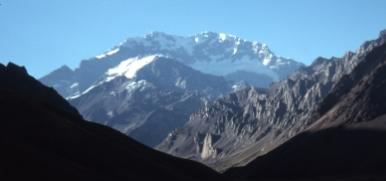
Aconcagua, 6962m (22 841 ft)
Aconcagua, at 6962m (22 841 feet) is the highest mountain in South America, highest mountain in the southern hemisphere, and the highest mountain in the world outside central Asia. It is located in Argentina, at a latitude similar to that of the capital, Buenos Aires. The nearest sizeable town is Mendoza, which is the base for most climbing attempts on the mountain.
I joined a World Expeditions trip in February 1999 to climb this mountain via a route known as the Falso de los Polacos, or false polish glacier route. This route is far less frequented and more scenic than the very popular normal route, yet it is techically very straightforward. The route approaches Aconcagua by following the Rio de las Vacas upstream, and thence the Polish Glacier route as far as the base of the Polish Glacier itself. Then, instead of climbing directly up the Polish Glacier to the summit, the route traverses the northern side of the mountain to join up with the normal route.
The route is completely non-technical, and in February 1999 we completed the entire ascent and return without requiring rope. Ice axes and boots were only needed for the purposes of walking up the snow covered slopes beyond Camp 2. Apart from the altitude, the most difficult aspect of the climb was the looseness of the scree, on which we had to climb for much of the route. Hiking poles were essential for coping with the climbing on this very loose scree at the high altitude. Fortunately, some of this scree was covered in snow at the time, which rendered the climbing much easier, as the snow could be relatively easily climbed using ice axe and crampons.
Our base camp was situated atop morraine on the Relinchos glacier at an altitude of about 4200m. Our camps above base camp were Camp 1 (5000m), Armeghino Col (5350m) and Camp 2 (5900m). Our summit bid was made from Camp 2, a huge 17 hour day in which we reached the summit and then returned, exhausted, to Camp 2.
The trip was led by Pip and Tim McCartney-Snape, and I was one of 11 clients on the trip.
The scenery en route was truly amazing, particularly during late afternoon and early morning. I hope you enjoy the photos.
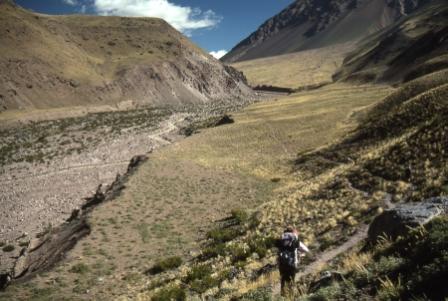 |
This is the valley we followed on our approach to Aconcagua base camp. This valley is called the Rio de las Vacas. | |
 |
This is our camp site on the night before we reached Base camp. On the following day we would climb stark rocky country to our base camp. | |
 |
Approaching base camp. The country is rather barren and rocky, but spectacular, with peaks all around. | |
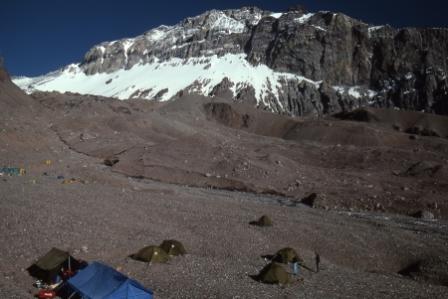 |
Here is our base camp, which is located on morrain atop the Relinchos glacier. Altitude approximately 4200m. |
|
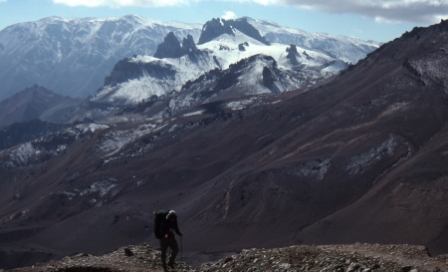 |
We carried equipment to Camp 1 and then returned to base camp. This photo is of the route between base camp and Camp 1. | |
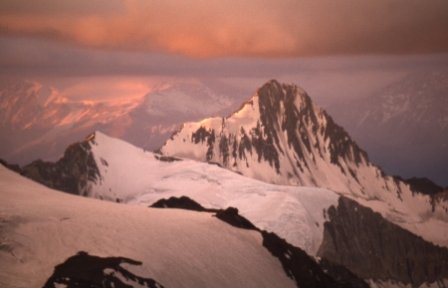 |
On one night we camped at Armeghino Col, an intermediate point between Camp 1 and Camp 2. From here I witnessed the most incredible scenery in the evening light. Altitude 5350m. |
|
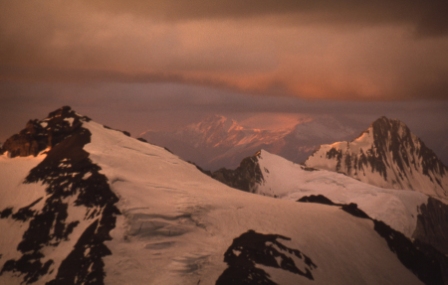 |
Spectacular evening scenery from at Armeghino Col (5350m). | |
 |
Evening light at Armeghino Col (5350m). | |
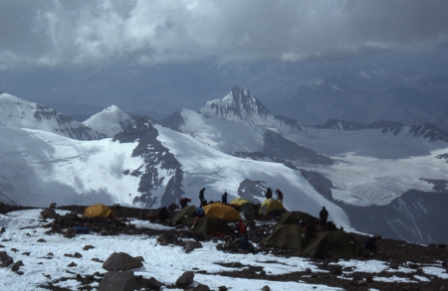 |
Camp 2 (5900m). This is the afternoon before our summit bid. | |
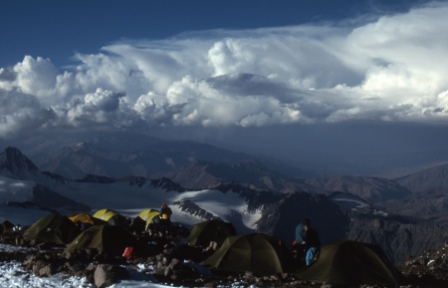 |
Camp 2 (5900m). | |
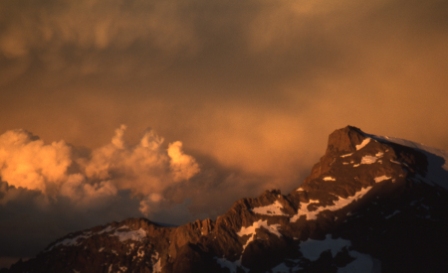 |
Dramatic scenery from Camp 2 (5900m). | |
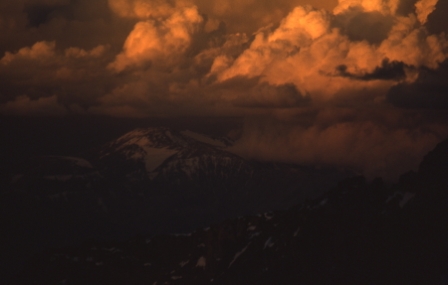 |
Evening storm clouds at Camp 2 (5900m). | |
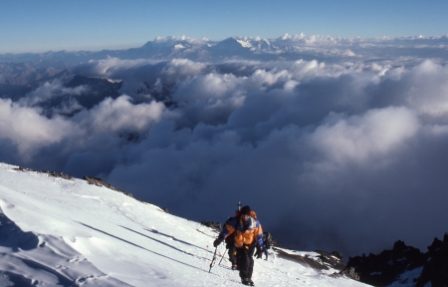 |
Summit day! The altitude here is about 6100m. | |
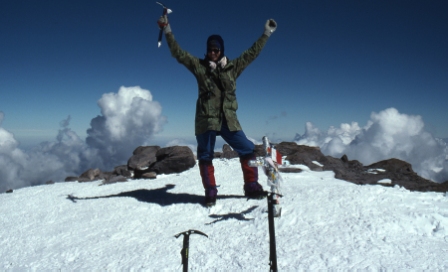 |
Summit reached! 6962m. | |
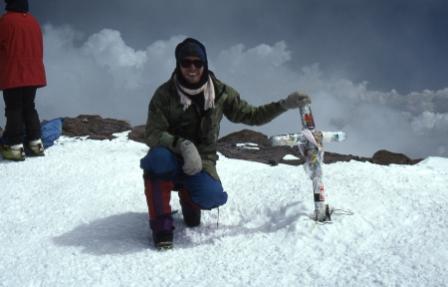 |
Myself on the summit of Aconcagua (6962m). | |
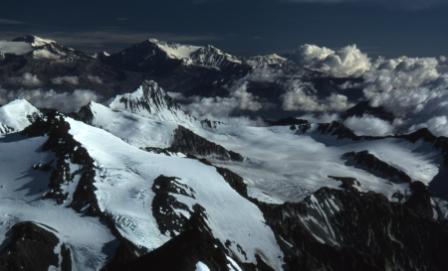 |
Summit views. | |
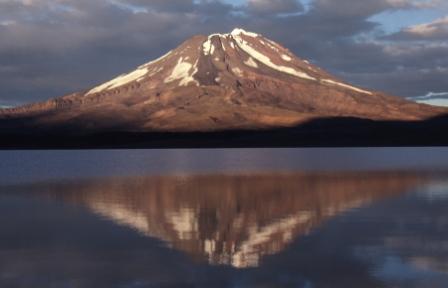 |
After our Aconcagua trip we headed south of Mendoza to a remote lake beneath this extinct volcano. | |
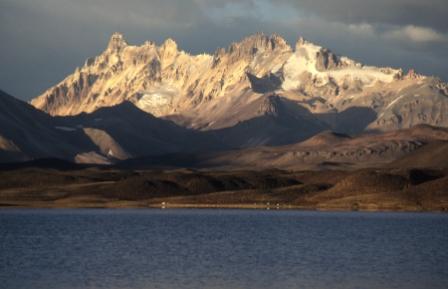 |
A spectacular range of mountains on the border of Argentina and Chile. | |
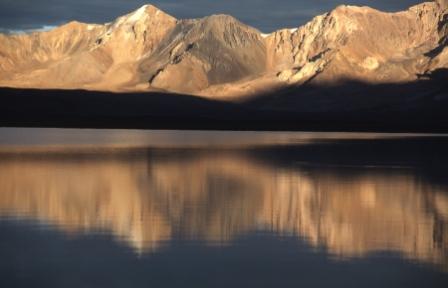 |
We camped by this lake for a couple of days. | |
 |
We went on some walks around this lake and experienced this interesting and remote scenery. |
Web page created 4 Oct 2007, last updated 4 Oct 2007. All content copyright © Ashley Burke 2007. Not to be copied, duplicated or used for any purpose without permission. |